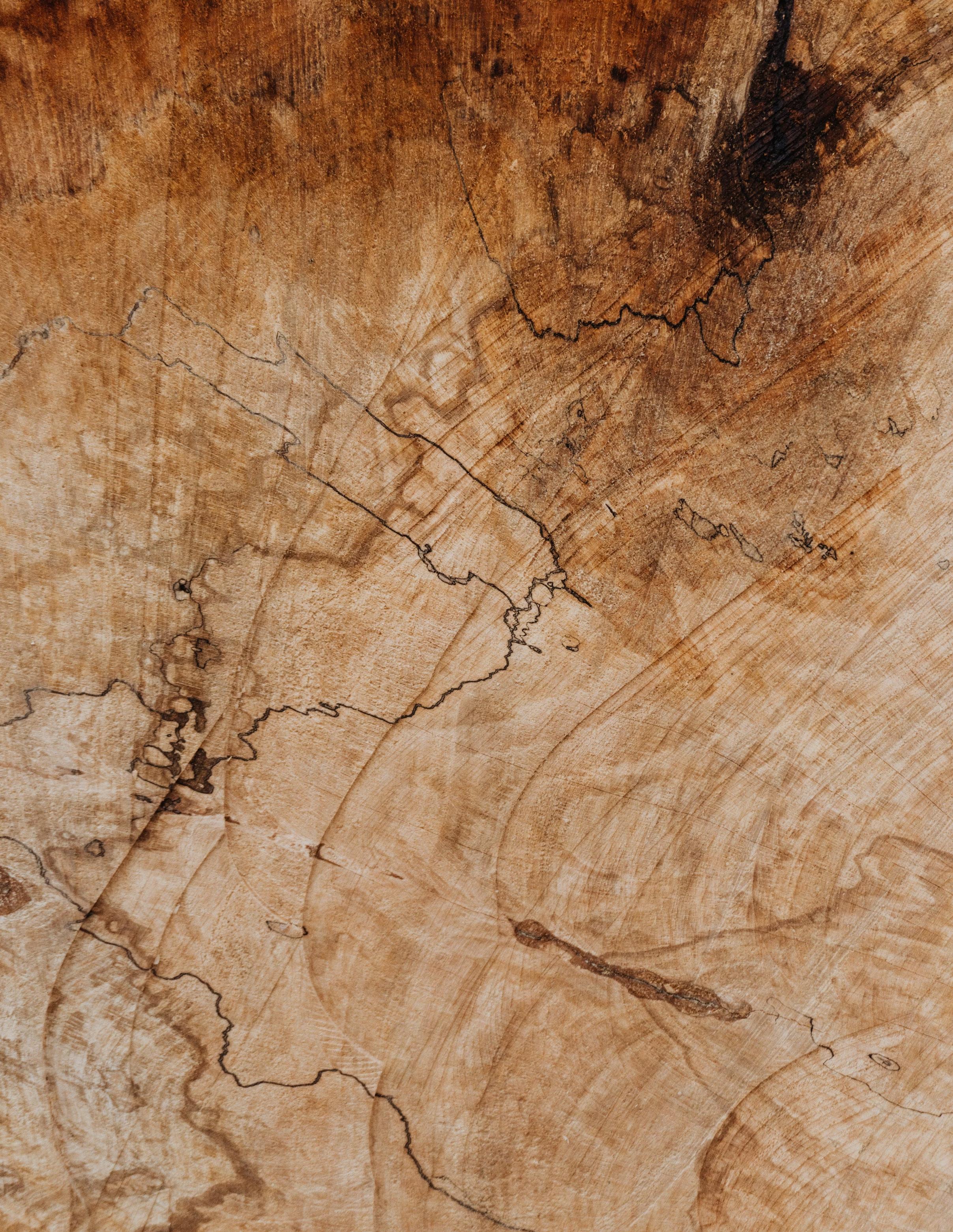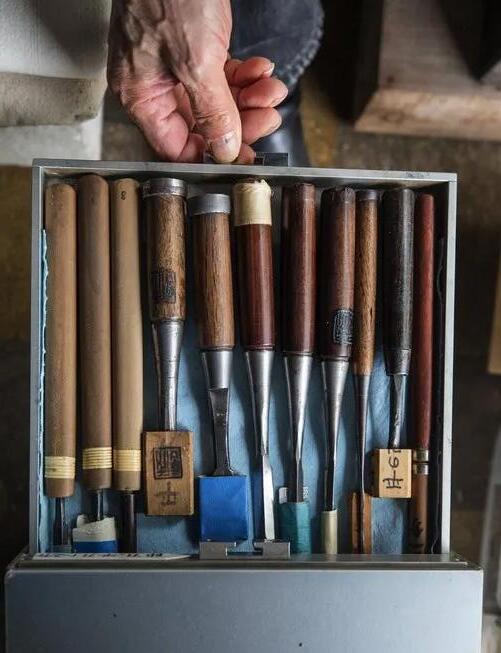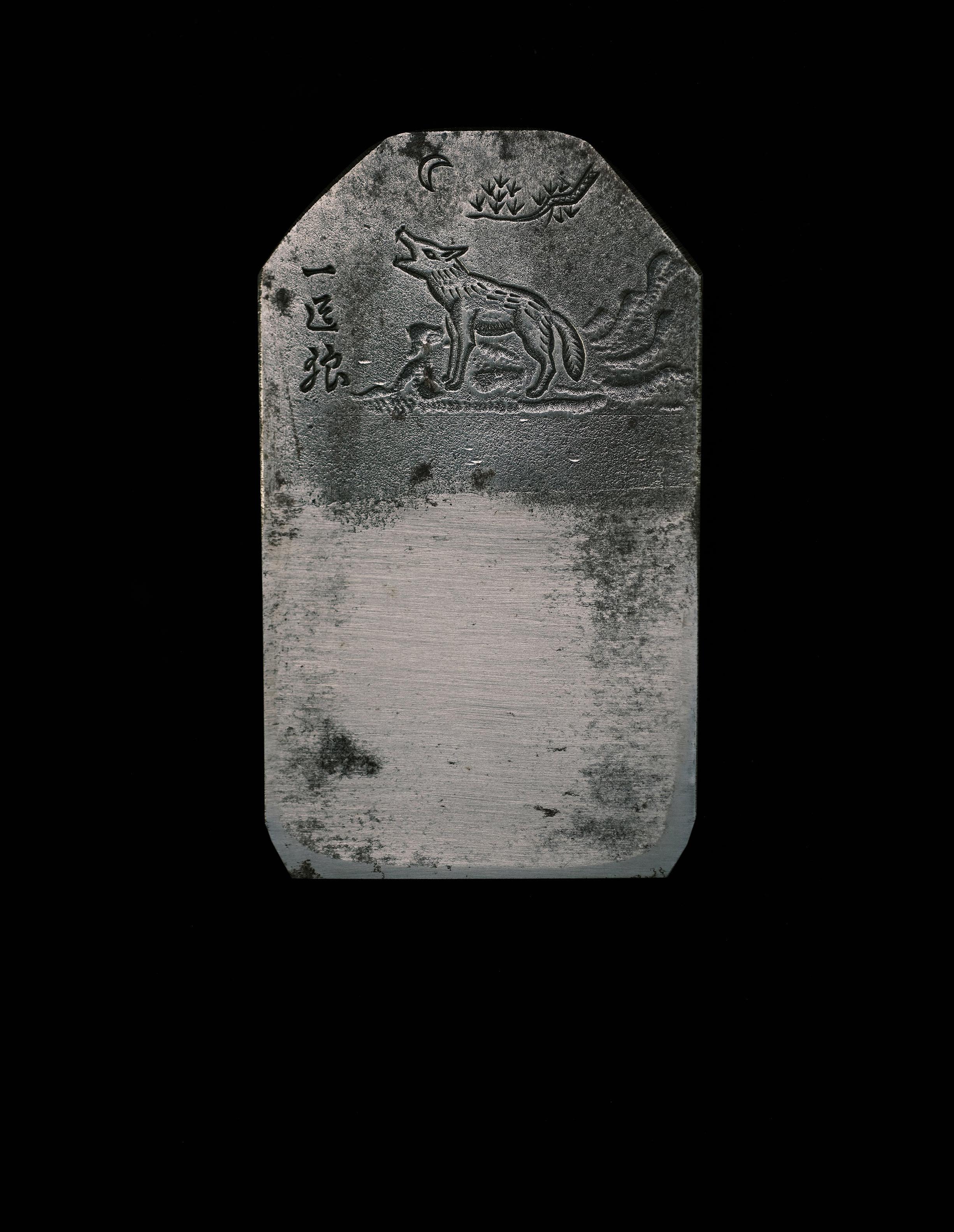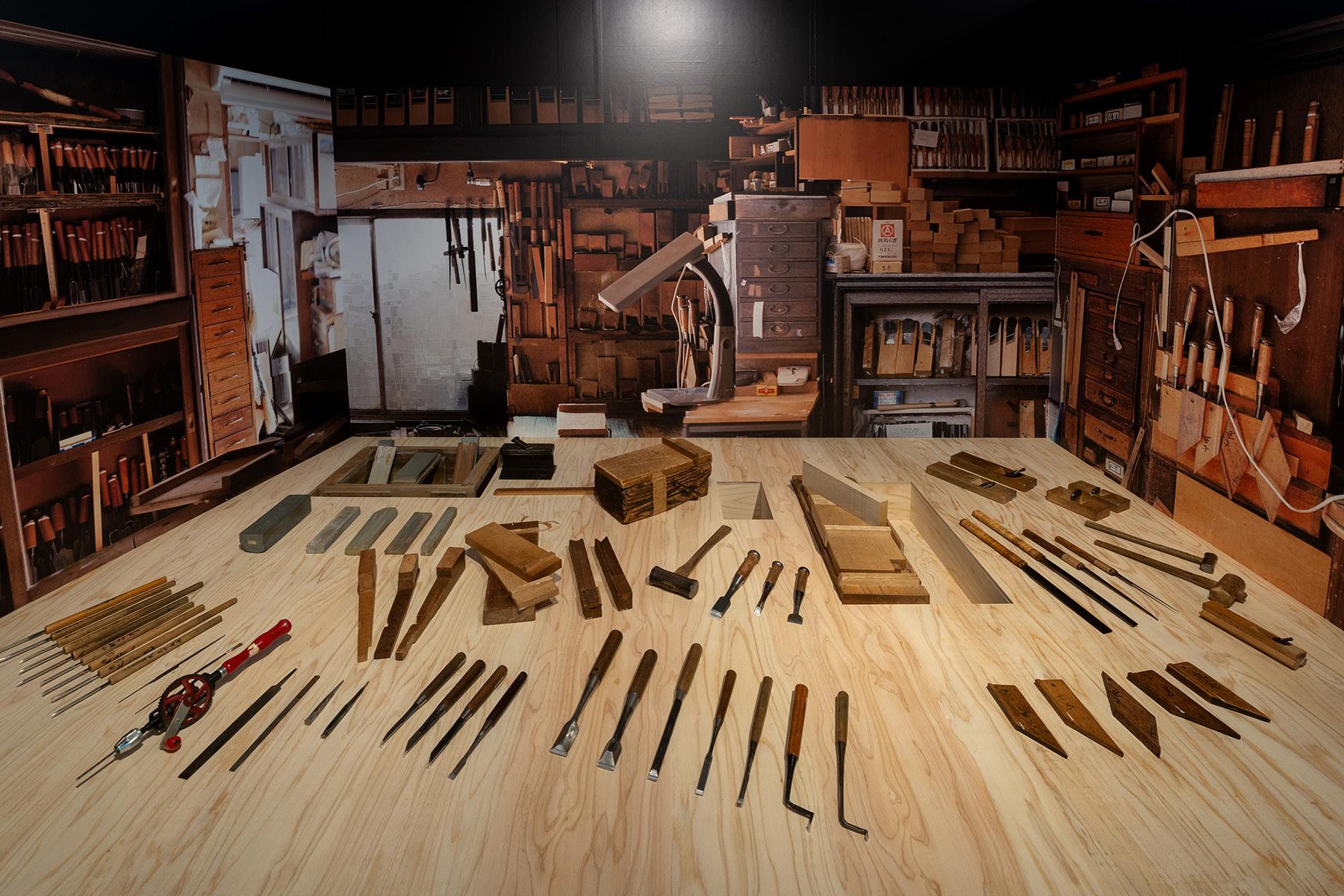GOOD WOOD MAG©








In an era dominated by mass production and power tools, the enduring artistry of Japanese hand tools stands as a testament to a different philosophy— one rooted in patience, precision, and a profound respect for materials. These tools are not just instruments of labor but embodiments of history and craftsmanship, refined through centuries of careful innovation. From the slender grace of a dozuki saw to the masterful edge of a finely honed kanna, each tool carries with it a tradition of excellence, a lineage that speaks to the very essence of Japanese woodworking. They are the bridge between past and present, between the hands of the craftsman and the soul of the material they shape.
The history of Japanese hand tools is deeply intertwined with the country’s blacksmithing traditions, particularly those of the master sword makers who once forged blades for samurai warriors. As the Edo period ushered in a time of peace, many of these highly skilled artisans turned their attention from weapons to woodworking tools, applying the same meticulous craftsmanship and material expertise to chisels, saws, and planes. The techniques they developed have endured for centuries, passed down through generations of toolmakers and refined to near perfection. What makes these tools extraordinary is not just their cutting ability but their intrinsic harmony with the materials they shape, allowing for a connection between craftsman and wood that is nearly meditative in nature.
Japanese tools are unique in their design and function, often differing significantly from their Western counterparts. Many of
these differences stem from an underlying philosophy that prioritizes efficiency, precision, and respect for natural materials. For example, Japanese saws cut on the pull stroke rather than the push, allowing for thinner, sharper blades that require less force and leave a cleaner finish. This seemingly simple inversion fundamentally changes the way woodworkers approach their craft, encouraging finesse over brute strength and making each cut feel like an extension of the craftsman’s intent. The experience of using a finely crafted dozuki saw is one of controlled ease, where each pull of the blade slices effortlessly through the wood, producing clean, precise joints that require minimal refinement.
The same philosophy applies to chisels, which are crafted using a combination of hard, high-carbon steel for the cutting edge and softer iron for the body. This duallayer construction allows for an extremely sharp, durable edge while maintaining resilience against breakage. These chisels, whether they be the versatile oire-nomi or the heavier atsu-nomi used for more demanding joinery, are designed to last a lifetime—often becoming heirlooms passed down through generations of woodworkers. The tools develop a patina of use over time, their handles darkening with years of work, their edges taking on the subtle imprints of each craftsman who has sharpened them. Each mark tells a story, each worn surface a testament to the hours spent refining and shaping wood with patient hands.
Perhaps no tool exemplifies the artistry of Japanese craftsmanship more than the kanna, or hand plane. Unlike Western planes, which are pushed across the

A tool as much a work of art as an instrument of craft, its etched blade tells a story as it glides across the wood

surface of the wood, a kanna is pulled, allowing for an intuitive sense of control and responsiveness. When properly tuned, a kanna is capable of producing shavings so thin they are almost translucent, leaving behind a surface so smooth it needs no sanding. The process of adjusting a kanna
is an art in itself, requiring delicate taps of a hammer to set the blade just right, a process that is as much about feel as it is about measurement. A well-tuned kanna transforms woodworking into something closer to calligraphy—a fluid, expressive act that is as much about precision as
it is about artistry. Watching a master woodworker draw a kanna across a piece of timber is akin to seeing a calligrapher execute the perfect brushstroke; there is a rhythm, an elegance, a deeply satisfying harmony between hand, tool, and material. But beyond their function, Japanese

hand tools possess an aesthetic beauty that makes them treasured objects in their own right. Many are adorned with intricate etchings or carefully shaped handles that reflect the personality and style of their maker. A chisel’s ferrule might be delicately engraved, a saw’s spine inscribed with the name of its blacksmith, a plane’s wooden body hand-carved with subtle flourishes. These details are not mere embellishments but reflections of the philosophy that a tool should be as beautiful as the work it helps create. In Japan, there is a deep-seated belief that tools should be respected and cared for, not just for their functionality but for the spirit they embody. A master woodworker does not simply use their tools; they form a relationship with them, tending to their edges, maintaining their balance, and appreciating the role they play in the creative process.
Japanese blacksmiths continue to forge tools using traditional techniques, often
working in small workshops with methods that have remained unchanged for centuries. These smiths regard their work as more than just manufacturing—it is an art form, an expression of their dedication to their craft. Each tool that leaves their hands is a result of years of training, experience, and an understanding of metallurgy that allows them to produce blades of remarkable sharpness and resilience. Owning a tool from one of these renowned blacksmiths is akin to possessing a piece of living history, a connection to an unbroken chain of knowledge passed down through generations.
The process of sharpening and maintaining these tools is equally revered. Japanese craftsmen devote significant time to honing their edges, using natural water stones to refine the steel to an almost mirror-like polish. This sharpening ritual is not merely a maintenance task but a discipline in itself, requiring patience and


an intimate understanding of the tool’s geometry. The satisfaction of drawing a finely sharpened blade through wood is unmatched, reinforcing the notion that these tools are meant to be used with care and respect, not just efficiency.
In addition to their practical benefits, Japanese hand tools also embody a cultural appreciation for simplicity and minimalism. Their designs strip away unnecessary complexity, focusing only on the essential elements needed for performance and longevity. This minimalist approach ensures that the tools themselves do not impose on the work but instead enhance it, allowing the craftsman’s skill to shine through.
The materials used in crafting these tools often have a story of their own. The wood chosen for plane bodies and chisel handles, such as Japanese oak or red sandalwood, is selected not only for durability but for the way it matures over
time. These materials gain character as they age, deepening in color and texture, becoming more comfortable in the user’s hands with each project.
A traitional Japanese woodshop, or kizukuro, is a space that encapsulates a deep philosophy of craftsmanship and beauty. The workspace is usually small, organized, and minimally furnished, emphasizing the tools’ accessibility and the woodworker’s focus on the task at hand. Every element of the shop, from the wooden workbench to the handcrafted tool shelves, reflects a sense of simplicity and efficiency. The beauty of the woodshop lies in its purposedriven design—each corner, each surface, is aligned with the goal of creating something with care, attention, and respect for the materials. There is no extraneous decoration or clutter; everything serves a specific function, reflecting the Japanese aesthetic of shibui—the appreciation of simple, understated beauty. This focus on
form and function goes hand in hand with the woodworker’s philosophical approach to their craft, where the environment becomes an extension of the process itself.
The tools in a traditional Japanese woodshop are regarded not only as functional instruments but as integral elements of the workspace. These tools are cherished, and the philosophy of monozukuri, or the spirit of craftsmanship, extends to their care and maintenance. Each tool, whether a kanna, chisels, or saws, is meticulously stored and preserved in a handcrafted toolbox, often made from wood that develops a rich patina with age. The toolbox is often made from simple, high-quality materials such as kiri (paulownia wood) or sugi (cedar), both chosen for their durability and lightness. These boxes are designed with precision and care, often incorporating dividers and compartments to keep each tool in its proper place. A woodworker’s toolbox, like the shop itself, is a space where function
meets beauty, where every detail is thought through to ensure that the tools are not only useful but also a joy to use.
Within the woodshop, the act of woodworking is seen as a form of meditation. The quiet of the space, the rhythmic motion of a saw cutting through timber, the whisper of a kanna gliding over wood—each moment is an exercise in mindfulness. The beauty of a Japanese woodshop lies not only in the tools and their craftsmanship but in the woodworker’s connection to their environment. There is a profound respect for the materials and the process, and the goal is not simply to complete a project but to engage in the act of creation with a full awareness of the present moment. This philosophy of mindfulness encourages woodworkers to slow down and fully engage with the materials, rather than rushing to the end result. This approach transforms the space from a mere workshop to a place of quiet contemplation.

The philosophy behind Japanese hand tools aligns with the wabi-sabi aesthetic— finding beauty in imperfection and transience. Unlike mass-produced tools that are identical and lifeless, handmade Japanese tools carry the slight irregularities of human craftsmanship, making each piece unique. This imperfection is not seen as a flaw but as a reminder of the human touch involved in its creation.
To witness a master at work with Japanese hand tools is to see this philosophy in action. The careful, deliberate rhythm of the saw as it glides effortlessly through wood, the quiet precision of a chisel as it carves clean lines, the satisfying whisper of a kanna as it removes a perfect, curling shaving—these are moments that speak to something deeper than simple construction. They speak to a way of working that is as much about the journey as the final product, a mindset that views craftsmanship not as a task to be completed but as an ongoing dialogue between maker, tool, and material. The hands of a master move with an intuitive grace, a confidence built on years of experience, each motion honed to perfection.
Owning and using Japanese hand tools is more than just a practical choice—it is a statement of respect for the traditions of the past and a commitment to the principles of fine craftsmanship. It is an acknowledgment that the best work is not rushed, that the finest results come from an understanding of both material and method. Whether in the hands of a seasoned master or an eager beginner, these tools have the power to transform not only the work they create but the very way their users approach the act of making.
